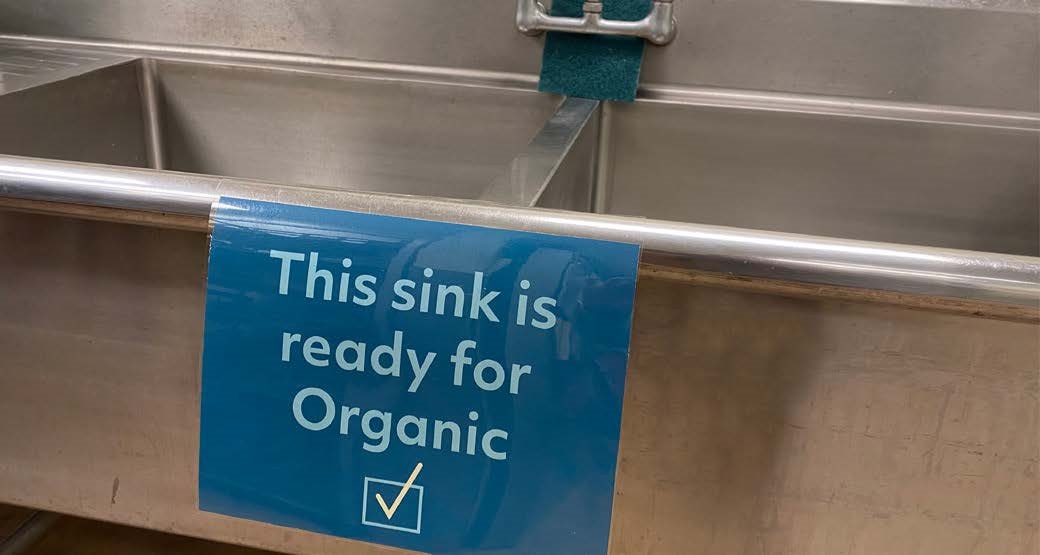As a retailer, you are expected to ensure your customers know which products or ingredients are organic and which are not. All organic claims on packaging, labeling and signage must be truthful and not misleading to shoppers about the status of whether or not a product is organic. Additionally, you are expected to ensure that no commingling or contamination of organic products has occurred within your operation.
Packaging, repacking (or re-bagging) at a retail establishment is a point where organic integrity could be compromised. It is also an area where special attention to labeling is needed. Tubs, counters, scoops and other items used to transfer or repackage products must be thoroughly cleaned and rinsed between organic and non-organic. Organic products may be cut and packaged on cutting boards and with equipment previously used for non-organic products, as long as all boards, knives and other equipment have been cleaned prior. Some stores may choose to have separate (designated), clearly labeled, counters and scoops to differentiate their conventional and organic products. Another idea is to only repackage organic products at the beginning of the day.
 Only new or recycled from organic product materials can be used when packaging organic products. Unless thoroughly cleaned and rinsed, no packaging that previously held conventional products should be used. All packaging materials must be free of dyes and fumigants. You can ask your supplier to verify that no fumigants are used in your packaging.
Only new or recycled from organic product materials can be used when packaging organic products. Unless thoroughly cleaned and rinsed, no packaging that previously held conventional products should be used. All packaging materials must be free of dyes and fumigants. You can ask your supplier to verify that no fumigants are used in your packaging.
